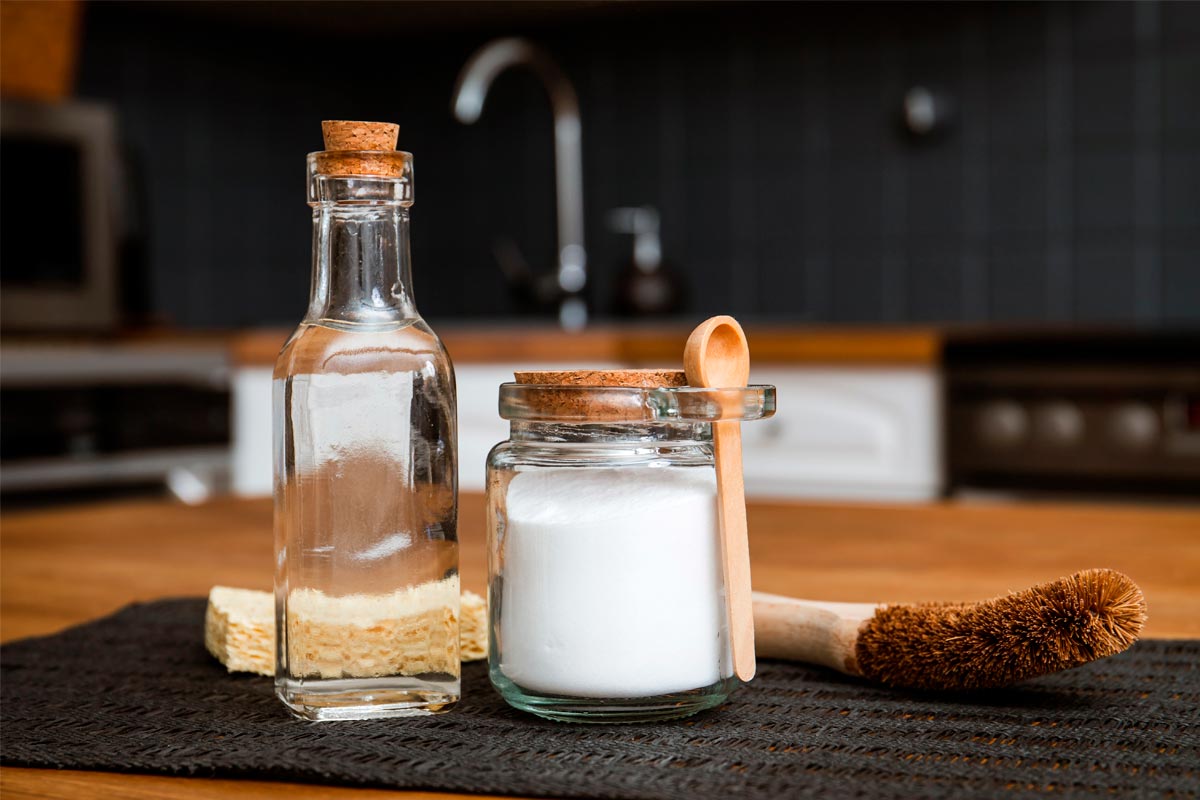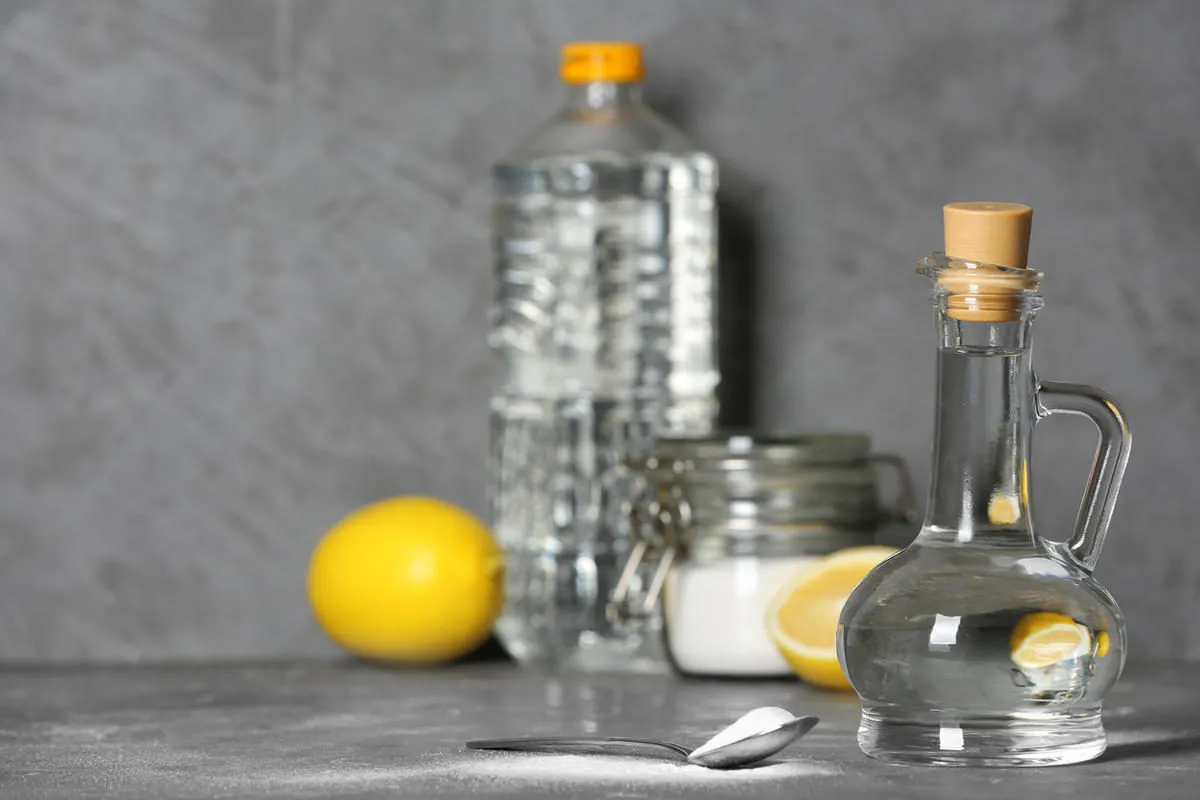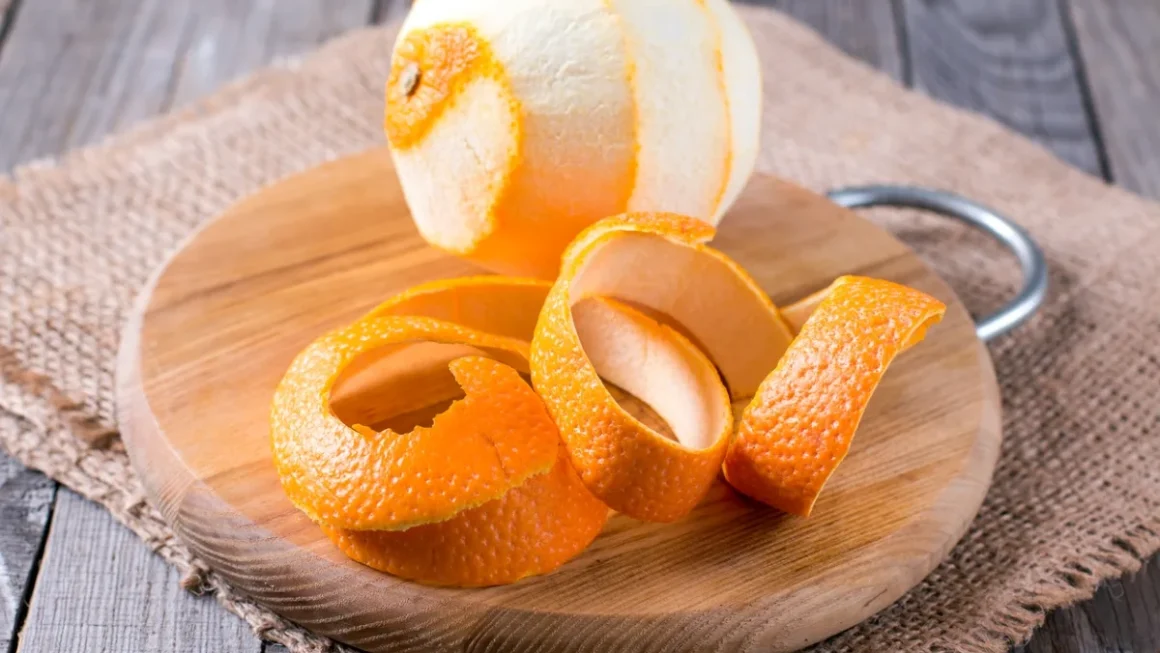Vinegar is one of the most versatile products in the home, but not all types are interchangeable.
Its origin and concentration determine whether it is safe for cooking or only for cleaning. Understanding these differences is essential to avoid accidents and make the most of its properties.
1. In depth
According to the OCU, confusion between food vinegar and cleaning vinegar is common, but there are clear differences: food vinegar is made from natural ingredients such as wine, apples or rice, with an acidity of between 4% and 6%, while cleaning vinegar is usually synthetic, with a higher acidity of between 6% and 8% or even more, making it unsuitable for consumption or contact with the skin or hair.
According to Biobel, an eco-friendly cleaning company, white vinegar is obtained from grain alcohol or fermented sugar, with an acetic acid concentration ranging from 4% to 7%. Cleaning vinegar, also called distilled or industrial vinegar, is produced through a process of alcohol distillation, increasing its acidity to 10%. This higher concentration makes it perfect for removing stubborn dirt, disinfecting surfaces and neutralising odours, but it makes it dangerous for consumption.

2. More details
The OCU emphasises that cleaning vinegar should never be used in recipes or come into contact with humans, while food vinegar is safe for both cooking and gently cleaning food-related surfaces.
The distinction between these products allows them to be used effectively without risk to health. Among the applications of cleaning vinegar are the removal of limescale and mould in bathrooms, cleaning kitchens and ovens, polishing stainless steel and sanitising appliances such as washing machines and dishwashers, according to Biobel.
Its high concentration ensures effectiveness against stubborn stains and persistent odours, but also requires caution: acetic acid in concentrations above 10% can cause burns to the mouth, throat and stomach, the company stresses.
3. Things to bear in mind
The OCU recommends reserving cleaning vinegar exclusively for surfaces and using food-grade vinegar for tasks related to cooking or human consumption. This separation not only protects health, but also ensures more efficient use of the product in each context.




